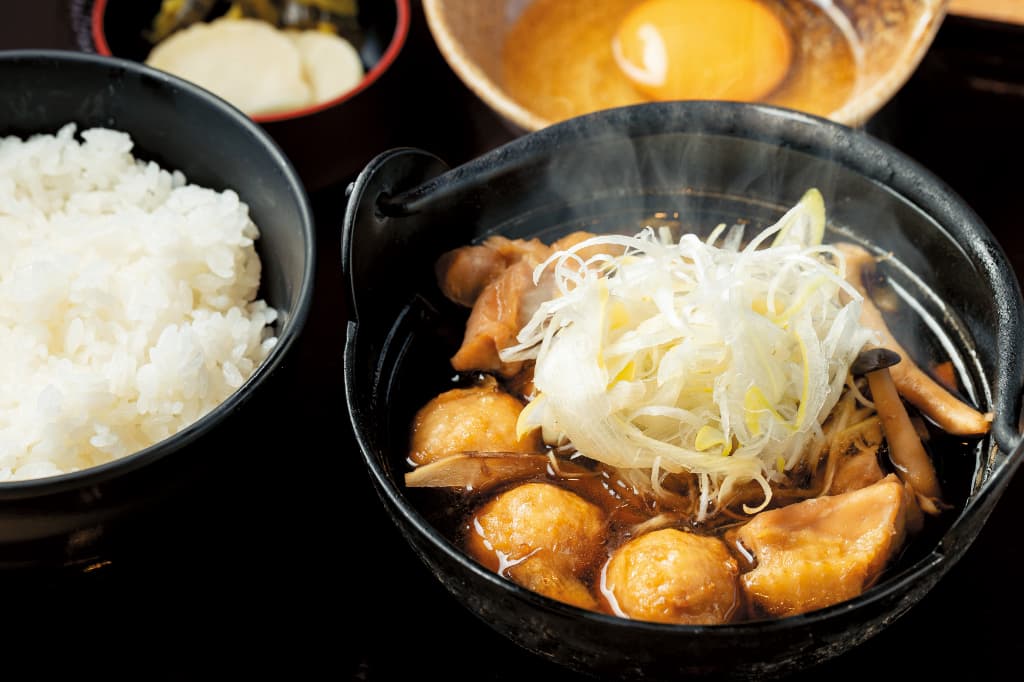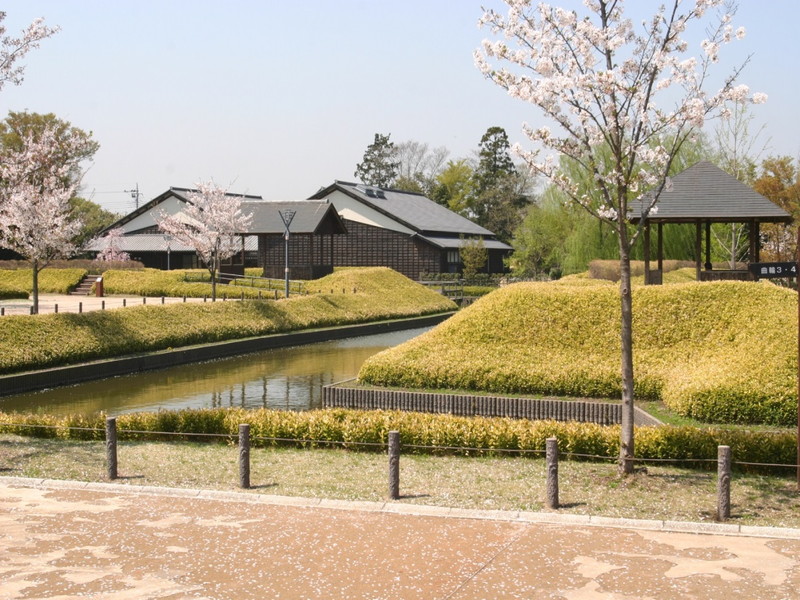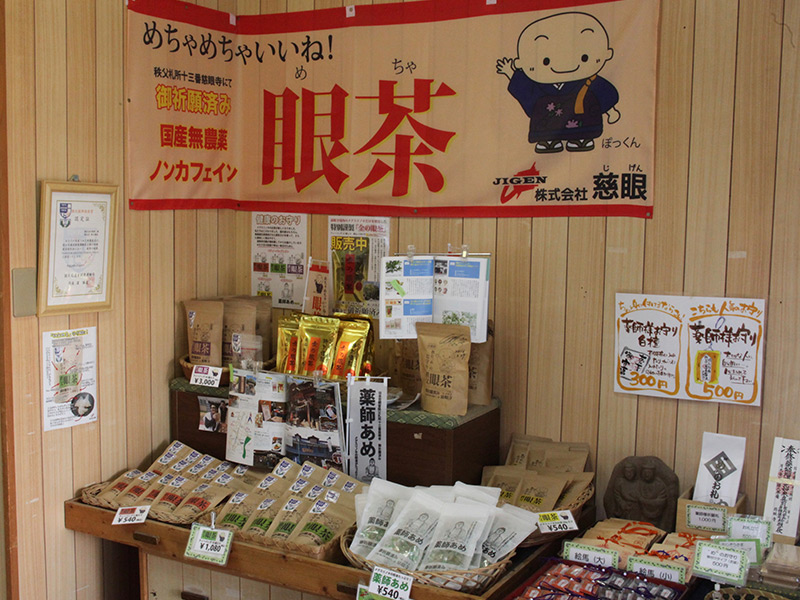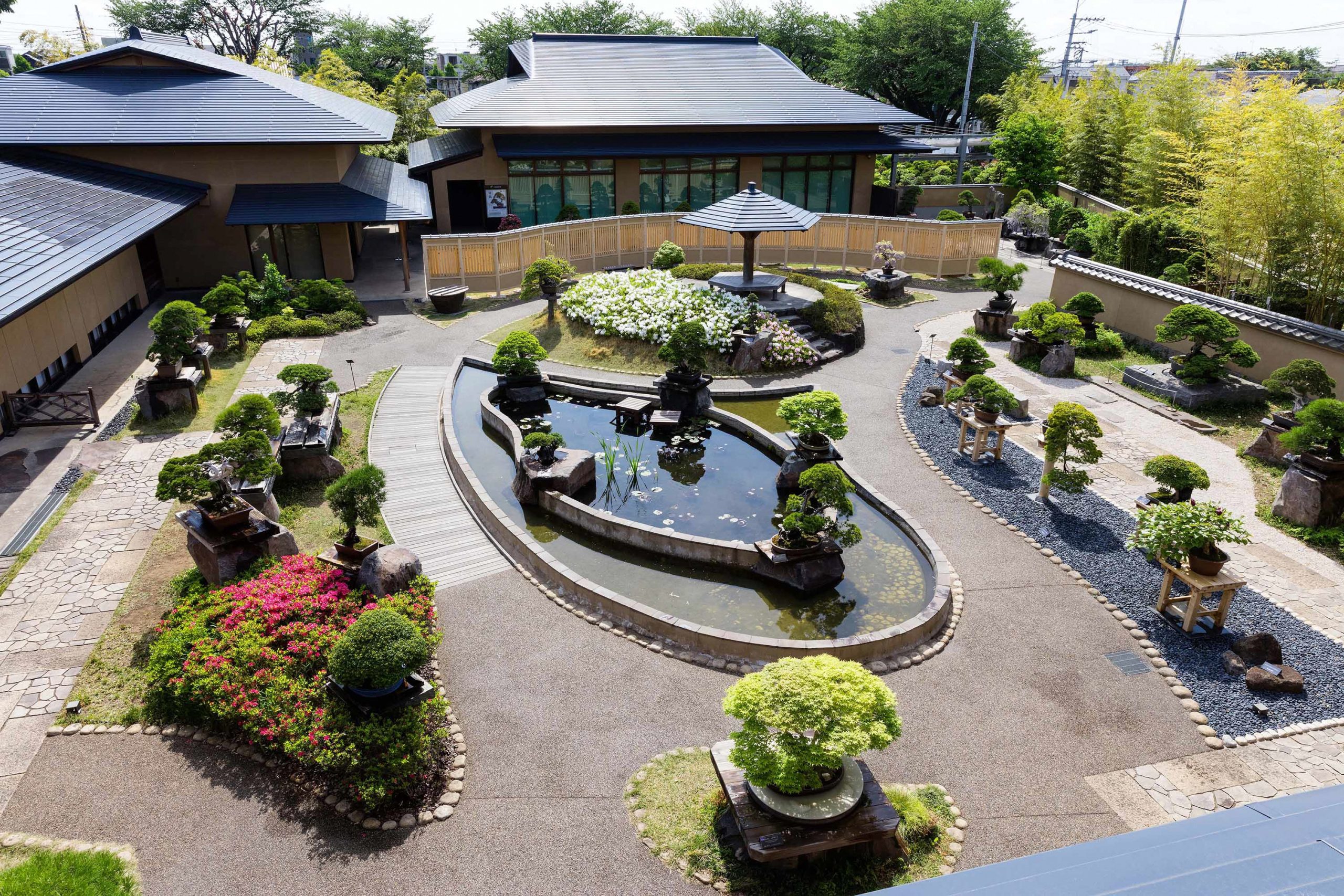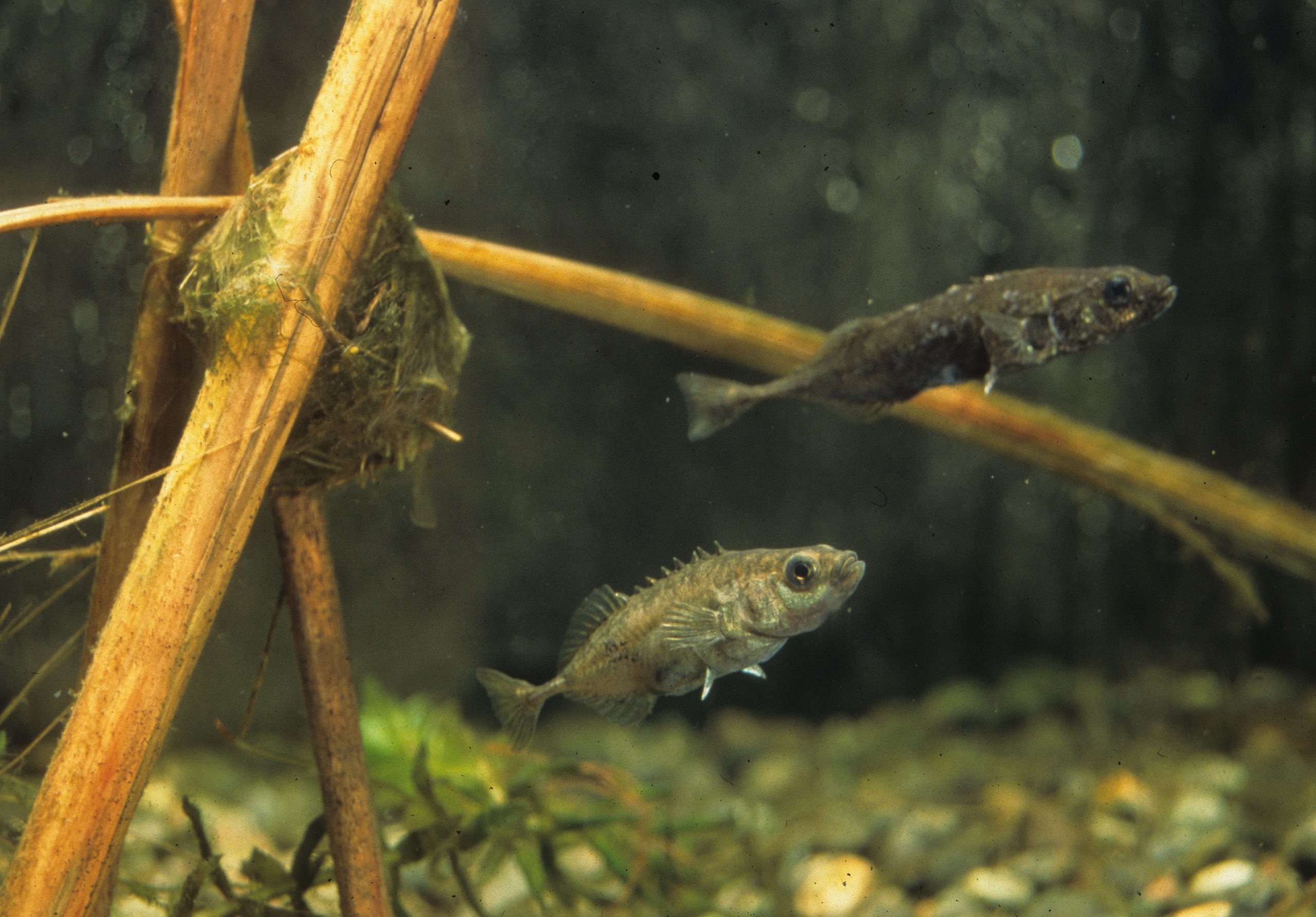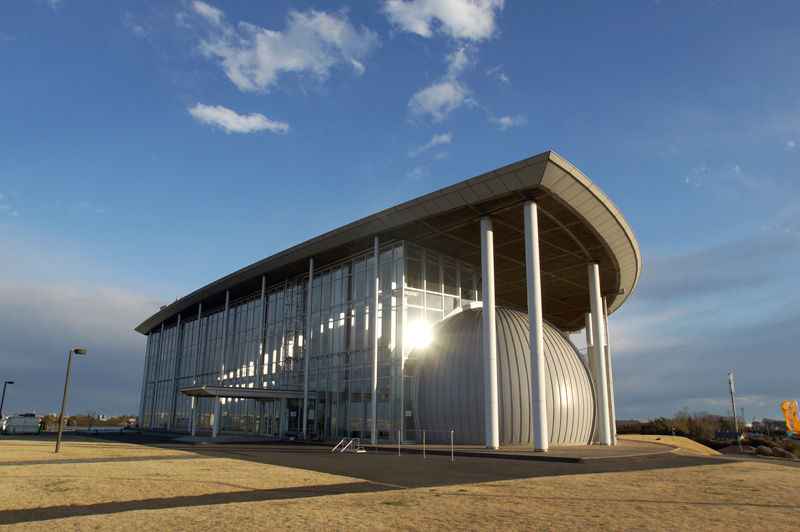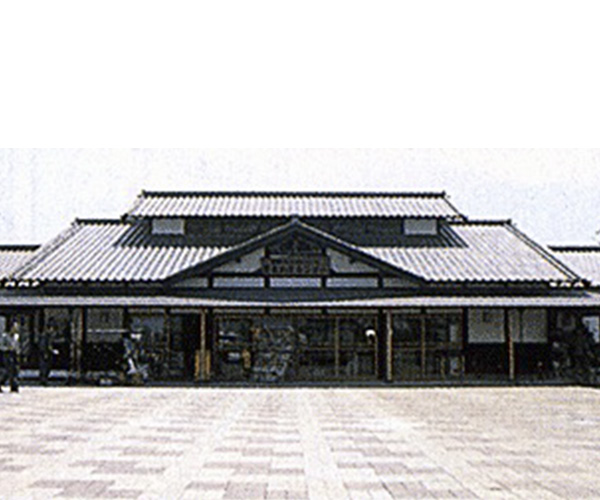Onihei Edodokoro
sightseeing
Located in the Hanyu Parking Area on the Tohoku Expressway (Tokyo-bound), Onihei Edodokoro is a facility that recreates the world of the historical novel series "Onihei Hankacho." Visitors can experience the streetscapes and culture of the Edo period, as well as savor the authentic flavors of Edo that were beloved by Shotaro Ikenami, the author of "Onihei Hankacho" and a renowned gourmet.
The food court features long-established shops and famous restaurants that preserve traditional Edo flavors to this day. Establishments such as "Gotetsu," the game fowl hot pot restaurant that appears in "Onihei Hankacho," have been faithfully recreated, allowing visitors to feel as though they've stepped into the world of the stories.
The souvenir shop stocks a wide variety of traditional products from established stores, highway souvenirs, and numerous original Onihei Edodokoro items that can only be found here.
Basic Information
Location
1686, Aza Goken, Miroku, Hanyu City
TEL
048-566-1215
FAX
×
Event Information
None
Business hours / Fee
Business hours
7:00 AM - 10:00 PM
*Hours may vary by store
*Hours may vary by store
Regular holiday
None
Fee
None
How to get there
Public transport
Not accessible by public transportation (Nearest station is Minami-Hanyu Station on the Tobu Isesaki Line, approximately 4.5 km away. We recommend coming by car.)
Car
5.4 km from the Tatebayashi IC
Parking
Free
Large vehicles: 148 spaces
Regular vehicles: 114 spaces
Accessible parking: 1 large vehicle space, 4 regular spaces
Large vehicles: 148 spaces
Regular vehicles: 114 spaces
Accessible parking: 1 large vehicle space, 4 regular spaces
Other
Remarks
None



